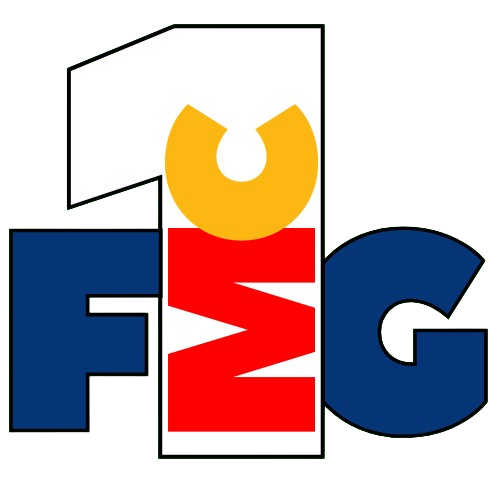Procter & Gamble Hygiene and Health Care Faces Valuation Questions Despite Solid Profitability
Procter & Gamble Hygiene and Health Care Limited (NSE:PGHH), a key player in India’s fast-moving consumer goods sector, is drawing investor scrutiny as its stock valuation appears disconnected from its underlying performance. Currently trading at ₹18,106, the company’s price-to-earnings (P/E) ratio stands at 45.7x—significantly higher than the Indian market average of 29.6x.
This elevated P/E signals strong investor confidence, traditionally underpinned by robust earnings growth expectations. However, PGHH’s recent earnings performance tells another story. Over the past three years, earnings per share (EPS) growth has averaged just 0.6% annually, well below broader market levels.
PGHH’s most recent financial results also show stagnation, with EPS holding flat over the past year. This is raising questions as to whether the stock’s premium valuation is justified, particularly for analysts and FMCG investors looking for top-line and bottom-line momentum to support high multiples.
Industry-wide sentiment also influences stock valuations. If a company-specific slowdown is offset by optimism in the sector, the P/E may remain high. However, PGHH’s outlook does not currently show signs of outperforming industry trends in sales growth or profitability margins. This makes the current premium appear more vulnerable to correction unless growth drivers materialize soon.
For brand managers and market analysts, these valuation concerns underscore the importance of closely tracking consumer behavior and margin management strategies in India’s competitive health and hygiene segment. PGHH operates in an essential category—female hygiene, baby care, and health products—where pricing power and brand equity can help drive profitability, but only if matched by tangible growth outcomes.
While P&G Hygiene and Health Care maintains a secure market position with trusted brands, its muted earnings performance may warrant a reassessment of investor expectations. Unless earnings growth accelerates meaningfully in the near term, its P/E ratio may come under pressure—shifting the spotlight to strategic cost efficiencies or innovation pipelines as potential growth levers.
